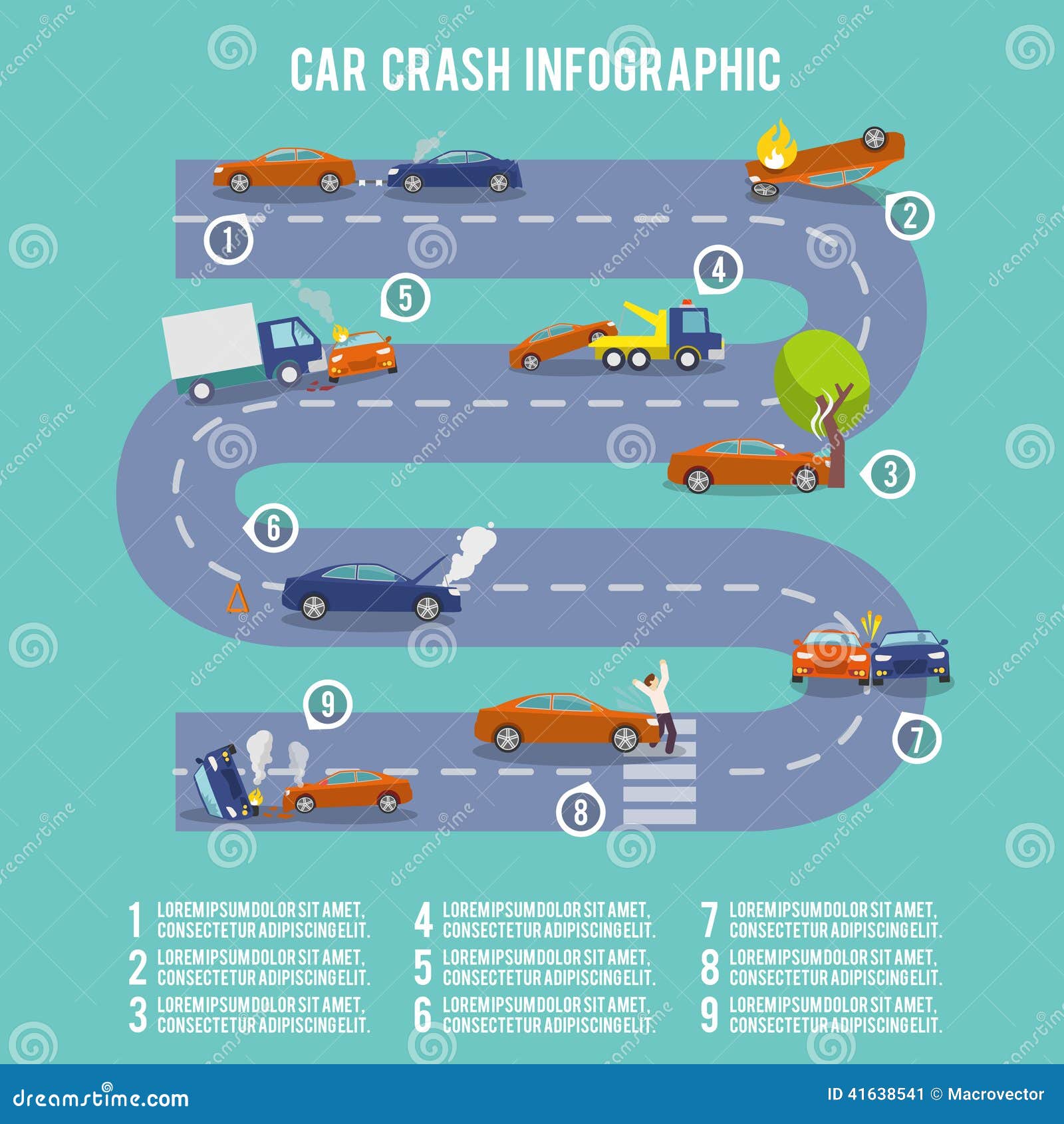Translating Your Vehicle'S Alert Lights: Their Real Implications
Translating Your Vehicle'S Alert Lights: Their Real Implications
Blog Article
Write-Up Author-Termansen Torres
When you lag the wheel, those glowing warning lights on your dashboard can be a little bit perplexing. Do you recognize what they're attempting to inform you regarding your automobile's health and wellness? Understanding the importance of these lights is crucial for your safety and security and the long life of your vehicle. So, the following time one of those lights turns up, would not you wish to decode its message precisely and take the required actions to resolve it?
Common Caution Lights and Interpretations
Identify typical warning lights in your vehicle and recognize their meanings to make certain risk-free driving.
The most normal caution lights include the check engine light, which signals concerns with the engine or exhausts system. If this light begins, it's critical to have your car inspected quickly.
The oil stress alerting light indicates low oil pressure, calling for instant attention to avoid engine damage.
A flashing battery light might suggest a malfunctioning charging system, potentially leaving you stranded otherwise resolved.
The tire stress surveillance system (TPMS) light signals you to low tire stress, influencing car stability and gas effectiveness. Ignoring this might lead to dangerous driving conditions.
The ABS light suggests a trouble with the anti-lock stopping system, compromising your capacity to quit rapidly in emergencies.
Lastly, the coolant temperature level alerting light warns of engine overheating, which can result in severe damage otherwise fixed promptly.
Recognizing these usual caution lights will help you deal with issues promptly and preserve risk-free driving conditions.
Importance of Prompt Attention
Understanding the usual warning lights in your car is only the primary step; the value of promptly resolving these cautions can't be stressed sufficient to guarantee your safety and security when driving.
When a warning light illuminates on your dashboard, it's your vehicle's way of interacting a prospective issue that requires attention. Neglecting these cautions can result in more serious issues later on, compromising your safety and possibly costing you extra out of commission.
Trigger focus to cautioning lights can stop failures and crashes. As https://ericknhcvp.bloggerswise.com/38156741/the-future-landscape-of-vehicle-describing-vital-patterns-and-arising-technologies-to-observe , a flashing check engine light can indicate a misfire that, if left neglected, might create damage to the catalytic converter. Resolving this without delay can save you from a costly repair.
Similarly, a brake system advising light may signify reduced brake fluid or used brake pads, crucial parts for your safety and security when driving.
DIY Troubleshooting Tips
If you notice a caution light on your dashboard, there are a couple of do it yourself fixing tips you can try prior to seeking specialist aid.
The first step is to consult your automobile's handbook to comprehend what the particular warning light suggests. In some cases the issue can be as easy as a loose gas cap activating the check engine light. Tightening up the gas cap might deal with the issue.
https://www.forbes.com/sites/forbesfinancecouncil/2022/07/26/five-credit-tips-to-keep-in-mind-when-preparing-to-buy-a-home/ is a low battery, which can set off numerous alerting lights. Checking the battery links for corrosion and guaranteeing they're safe might take care of the trouble.
If a warning light continues, you can try resetting it by disconnecting the cars and truck's battery for a few minutes and then reconnecting it. Furthermore, checking your car's fluid degrees, such as oil, coolant, and brake liquid, can help repair warning lights related to these systems.
Conclusion
In conclusion, comprehending your automobile's caution lights is vital for maintaining your car running efficiently and securely. By immediately resolving these notifies and recognizing what they mean, you can stay clear of pricey fixings and potential failures.
Bear in mind to consult your cars and truck's manual for specific information on each cautioning light and do something about it appropriately to make sure a hassle-free driving experience.
Remain notified, stay risk-free when driving!
